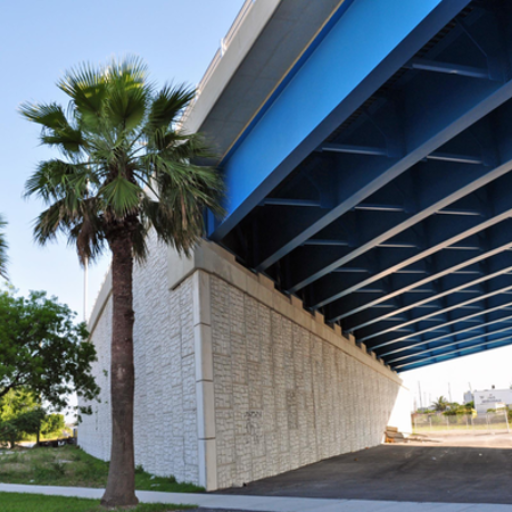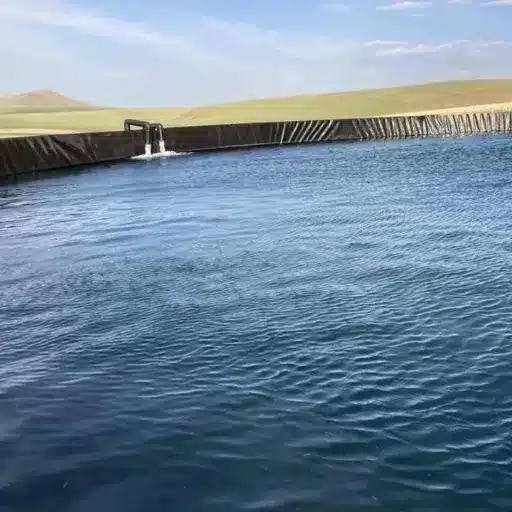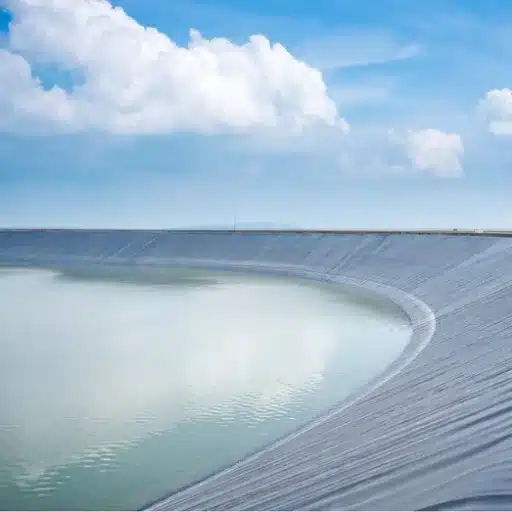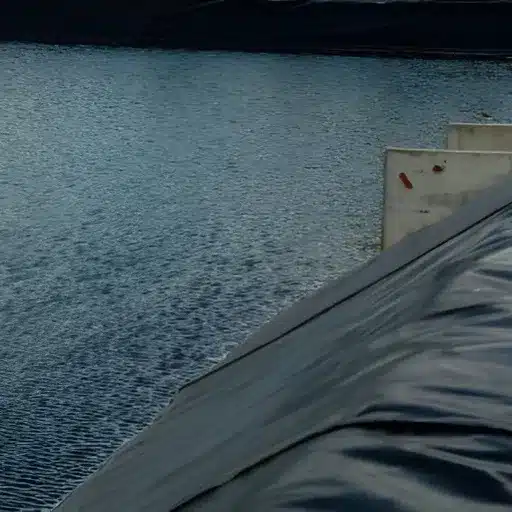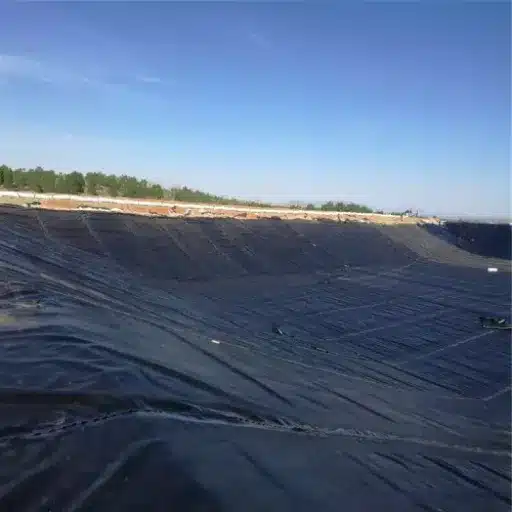Mechanically Stabilized Earth (MSE) retaining walls are fascinating developments in modern construction, allowing innovative and cost-efficient solutions to some structural needs that have always been challenging. These walls are designed to serve a highway, a bridge, or a large-scale landscaping project in a much more efficient, flexible, and durable manner.
Why MSE Walls Matter: This article explores the science, advantages, and practical applications of MSE walls to give you an in-depth understanding of how these systems are changing the construction industry.
Introduction to MSE Walls
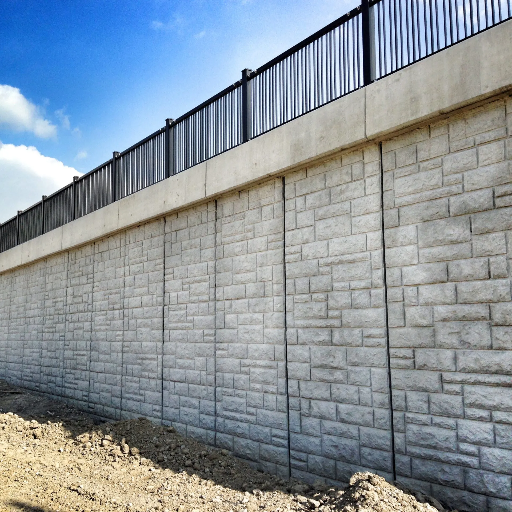
An MSE retaining wall is highly effective because of its strength, cost-efficiency, and flexibility. The design incorporates layers of soil with reinforcements such as geogrids or steel strips, which distribute the loads evenly. Being able to serve numerous purposes ranging from roads to commercial structures, MSE walls are quicker and cheaper to erect relative to traditional retaining systems.
Understanding Mechanically Stabilized Earth (MSE)
Mechanically Stabilized Earth (MSE) is one of the modern, innovative construction techniques for erection of retaining walls, slopes, and other load-bearing structures using reinforced compacted soil. The reinforcement acts as metallic strips or steel grids or, in the recent paradigm, geosynthetics such as geogrids or geotextiles.
Key Historical Facts
- Inventor: Henri Vidal (French engineer, 1960s)
- Global Usage: MSE walls are used in almost 50% of all retaining wall applications worldwide
- Cost Savings: Up to 30% reduction in construction costs compared to traditional walls
- Lifespan: Minimum 75-year durability with proper maintenance
Core Benefits of MSE Systems
| Benefit | Description | Impact |
|---|---|---|
| Cost Efficiency | Reduced material and labor requirements | 30% lower construction costs |
| Adaptability | Installation in various terrains | Works in challenging environments |
| Durability | Long-term structural integrity | 75+ year minimum lifespan |
| Speed | Faster assembly time | Reduced project timelines |
Importance of MSE Walls in Construction
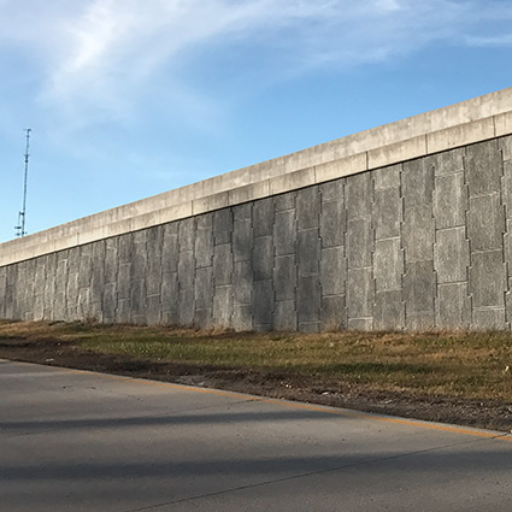
Mechanically Stabilized Earth (MSE) walls provide cost-efficient solutions with great structural integrity and hence play an important role in modern construction. The walls find vast applications for infrastructure, especially for retaining walls, bridge abutments, and grade separations.
Seismic Performance Advantages
Seismic Resistance: Recent studies show that MSE walls demonstrate better performance during seismic events, with less failure zones compared to conventional retaining walls. This makes MSE wall systems favored in seismic-prone regions.
Environmental Benefits
- Allow use of recycled or locally sourced materials
- Reduce environmental impact through sustainable practices
- Support walls up to 100 feet tall with geosynthetic reinforcements
- Lower carbon footprint compared to traditional concrete walls
Key Components of MSE Walls
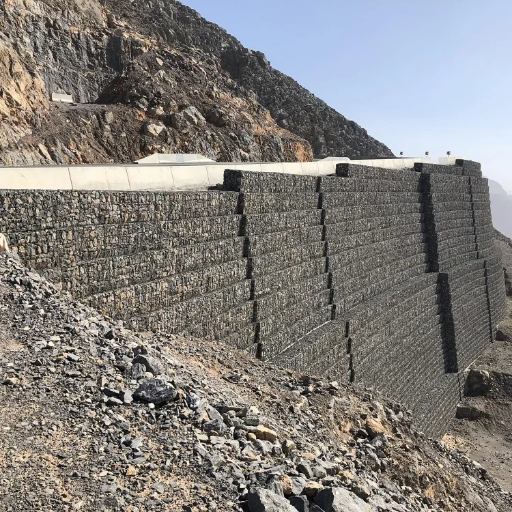
Reinforcement Techniques
MSE walls employ novel reinforcement materials to maximize life and structural integrity. These reinforcements act as tension elements resisting load distribution and potential deformation or failure.
Types of Reinforcement Materials
| Material Type | Characteristics | Performance Benefits |
|---|---|---|
| Geosynthetics (Geogrids/Geotextiles) | Lightweight, corrosion-resistant, high efficiency | 30% more efficient under dynamic loading |
| Metal Strips/Grids | Galvanized steel, high tensile strength | Ideal for high load-bearing applications |
| Advanced Composites | HDPE, polyester, polypropylene | Enhanced durability in harsh environments |
Research Data: According to the American Society of Civil Engineers (ASCE), MSE walls reinforced with geosynthetics can withstand seismic activities 90% of the time, greatly reducing structural damage risks.
Backfill Materials and Selection
Backfill material type and quality highly influence the performance of MSE walls. Proper backfill selection is necessary to provide structural stability, enable drainage, and ensure long-term survival.
Recommended Backfill Specifications
- Internal Friction Angle: Higher than 30 degrees for increased stability
- Preferred Materials: Well-graded gravel (GW) or well-graded sand (SW)
- Fines Content: Less than 15% passing No. 200 sieve for drainage
- Compaction: Minimum 95% of maximum dry density (MDD)
Materials to Avoid: Silty and clayey soils should be avoided due to poor drainage properties and water retention capacity that can cause hydrostatic pressure buildup.
Facing Elements and Their Role
Facing elements are crucial for MSE wall stability, aesthetics, and continued performance. Common options include precast concrete panels, modular blocks, or wire mesh, chosen based on structural requirements and aesthetic preferences.
Facing System Performance Data
- Load Capacity: Modular concrete facing panels can bear loads greater than 1,200 psf without major deformation
- Maintenance Reduction: Advanced drainage-integrated facing systems reduce maintenance costs by 30% over the structure’s lifetime
- Flexibility: Wire mesh facings provide adequate support for temporary and low-impact applications
Design Considerations for MSE Walls

Understanding Soil Reinforcement
Soil reinforcement is the essence of designing MSE walls. Reinforcement consists of integrating geosynthetic or metallic materials with soil to enhance its strength and stability.
Reinforcement Benefits
| Reinforcement Type | Strength Improvement | Primary Function |
|---|---|---|
| Geogrids | 40% increase in soil tensile strength | Load distribution and pressure resistance |
| Geotextiles | Enhanced filtration capacity | Drainage and water management |
| Steel Strips | High tensile strength | Heavy load applications |
Design Guidelines: Engineering recommendations suggest reinforcement placement at equal intervals between 20-60% of wall height to ensure uniform load distribution and prevent wall bulging or failure.
Slope Stability and Design Parameters
Slope stability is a prerequisite for infrastructure design, ensuring long-term treatment of slopes and adjacent structures.
Critical Design Parameters
- Factor of Safety (FoS): Must be above 1.3-1.5 depending on risk level
- Soil Cohesion and Friction: Sandy soils: ϕ = 30°-45°, clayey soils: lower ϕ values
- Slope Angle: Steep angles significantly increase instability risk
- Drainage Impact: Well-designed drainage systems can increase FoS by up to 30%
Corrosion Resistance in MSE Systems
Corrosion resistance is fundamental for MSE system longevity and safety, particularly affecting metallic reinforcements.
Protection Methods
| Protection Method | Material | Service Life |
|---|---|---|
| Hot-dip Galvanization | Zinc coating on steel | 75+ years in normal conditions |
| Epoxy/Polymer Coatings | Protective coating | Enhanced protection in aggressive environments |
| Non-metallic Reinforcements | HDPE Geogrids | Maintenance-free longevity |
Corrosion Risk Factors: Soil resistivity below 3,000 ohm-cm and acidic pH conditions significantly increase corrosion rates. Detailed site assessment is crucial for material selection.
Installation Process of MSE Walls
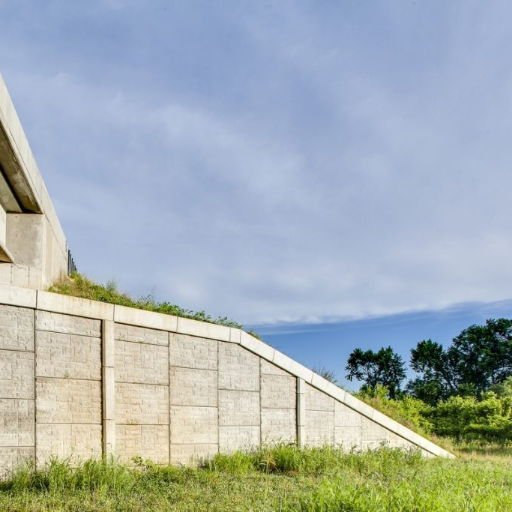
MSE wall installation requires a well-thought-out approach to ensure stability and service life. The process involves careful site preparation, systematic reinforcement placement, and precise construction sequencing.
Site Preparation and Foundation Requirements
Site Preparation Steps
- Site Clearing: Remove vegetation, debris, and unsuitable soils
- Grading: Establish uniform and stable base
- Geotechnical Investigation: Identify soil properties and groundwater conditions
- Soil Treatment: Stabilization with lime/cement if necessary
Foundation Design Requirements
- Bearing Capacity: Typically 1,500-3,000 psf for most applications
- Friction Angle: Granular foundation material with >30° friction angle preferred
- Drainage: Under-drains essential for high water table sites
- Load Distribution: Reinforced geotextiles recommended for even load distribution
Quality Control During Installation
Quality control is critical during installation to ensure structural integrity and long-term performance.
Key Quality Control Areas
| Control Area | Requirements | Testing Method |
|---|---|---|
| Material Testing | Friction angle >34°, proper gradation | ASTM D698 Proctor tests |
| Layer Compaction | ≥95% maximum dry density | Nuclear density gauge/sand cone |
| Reinforcement Alignment | 2-5% elongation limits | Tensioning devices |
| Panel Alignment | <0.5 inches tolerance | Precision measurement tools |
Critical Fact: Improperly designed or clogged drainage systems cause almost 60% of retaining wall failures. Regular drainage system inspection is essential.
Common Applications of MSE Walls
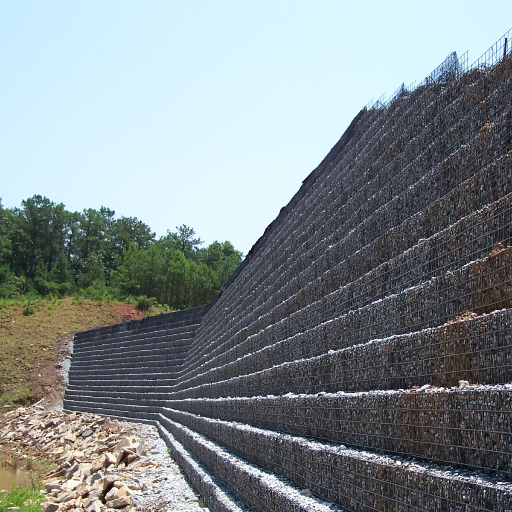
Infrastructure Projects and Transportation
MSE walls play an important role in contemporary infrastructure development, especially in transportation systems including highways, railways, and bridge abutments.
Market Growth: The global MSE wall market is projected to grow at a CAGR of 5.8% from 2023 to 2030, reflecting rising demand for resilient infrastructure solutions.
Major Transportation Applications
- Highway Projects: Interstate 95 expansion projects demonstrate land optimization and reduced environmental impact
- Railway Development: Flexible design allows adaptation to various terrain conditions
- Bridge Abutments: Cost-effective support for heavy load-bearing requirements
- International Projects: India and China expanding highway projects by 300+ miles annually using MSE walls
Landscaping and Environmental Applications
MSE walls are crucial in landscaping and environmental applications due to their design flexibility and integration capabilities with natural environments.
Environmental Benefits
| Application | Environmental Benefit | Performance Data |
|---|---|---|
| Vegetated MSE Walls | Soil erosion reduction | Up to 40% reduction vs. conventional methods |
| Sustainable Materials | Reduced carbon footprint | Local/recycled aggregate usage |
| Urban Green Spaces | Air quality improvement | Vertical gardens and green facades |
Reference sources
- Geoquest USA
This source discusses the versatility, durability, and load-bearing capacities of MSE walls, making it a valuable reference for civil engineers and construction teams.
Geoquest USA – Mechanically Stabilized Earth (MSE) - National Highway Institute (NHI)
The NHI provides training and resources specifically for highway construction teams, including workers and inspectors involved in MSE wall projects.
National Highway Institute – MSE Wall Training - PDH Online
This platform offers courses for geotechnical, civil, and structural engineers, focusing on the design and implementation of MSE walls.
PDH Online – MSE Walls and Reinforced Earth
Frequently Asked Questions (FAQs)
What is an MSE wall?
A type of retaining wall that uses a system of soil reinforcement elements, mostly steel or geosynthetic materials, to help stabilize and strengthen larger soil masses behind the wall. Its construction method is generally favored for its efficiency and ability to cater to many types of soil and surcharge conditions.
What are the advantages of MSE walls over reinforced concrete retaining walls?
MSE walls offer several advantages including:
- 30-50% cost reduction compared to conventional walls
- Faster construction and installation
- Better seismic performance
- Flexibility in various soil conditions
- Environmental sustainability through material reuse
How does backfilling and soil reinforcement affect MSE walls?
Backfill and soil reinforcement work together by retaining the backfill and providing stability. Compacted backfill is placed with soil reinforcement to ensure the wall can support loads and resist deformation over time.
What types of facings are available for MSE walls?
MSE walls can use various facing systems:
- Segmental retaining wall blocks
- Precast concrete panels
- Vegetation-based facings
- Wire mesh systems
What is the design life of an MSE wall?
The design life typically ranges from 50 to 100 years, depending on:
- Material selection quality
- Environmental conditions
- Construction quality
- Maintenance practices
How does corrosion affect an MSE wall?
Corrosion can adversely affect performance and lifespan when steel reinforcement elements are involved. Using polymeric and corrosion-resistant materials helps avoid these hazards and maintain wall functionality for longer periods under adverse conditions.
Conclusion: MSE retaining walls represent a revolutionary approach to modern construction, offering superior cost-effectiveness, durability, and environmental sustainability. With proper design, quality materials, and professional installation, these systems provide reliable solutions for diverse infrastructure and landscaping applications while supporting the industry’s move toward more sustainable construction practices.

